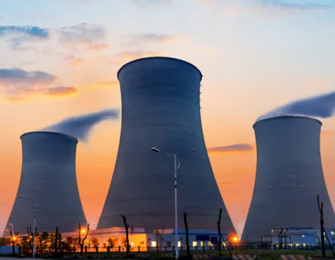

There are no changes to the nbn wholesale pricing of these speed tiers arising from the speed increases.
Interesting, but how will this affect the price for end users? There are other fees charged to the ISPs too?
I am suspicious because NBNco only mentions wholesale pricing in this article, not end user pricing. They would have modelled it and then chosen not to talk about it. They might not technically be the entity finally billing you, but they’re responsible for strong and direct impacts on what users pay.









I hesitant to say that this shouldn’t affect you. I’m sure that somehow, somewhere, Optus still managed to ruin your day. Hope it resolves SynopsisTant.